A degree of kerfuffle is gathering round Alex Thompson’s imminent indie comedy Saint Frances. An argument can be made that it is among the first commercial releases to engage with the topic of sex during menstruation.
The scene passes by with a relaxed giggle, but it does remind us that periods are one of the remaining taboos in US cinema. You can hack an innocent woman to pieces and decorate the crime scene with torrents of her spouting blood. That’s all good fun. Producers tend to be less relaxed about the more modest amounts of plasma that emerge from a woman’s vagina once a month. And people dare to suggest Hollywood is sexist.
Pinpointing the film that breaks a particular taboo is never easy. All kinds of delicious depravity went on before the Hollywood production code arrived in 1934. Many of the movies below were pre-empted in their breaking of ground by pornography or no-budget experimental films – work, such as the films of Andy Warhol, that rarely escapes special-interest confinement.
So this list tends to focus on those moments when a hitherto forbidden activity or word or (in one case) household appliance edged towards mainstream venues. There are still a few taboos to break. We just can’t see them for our own hang-ups.
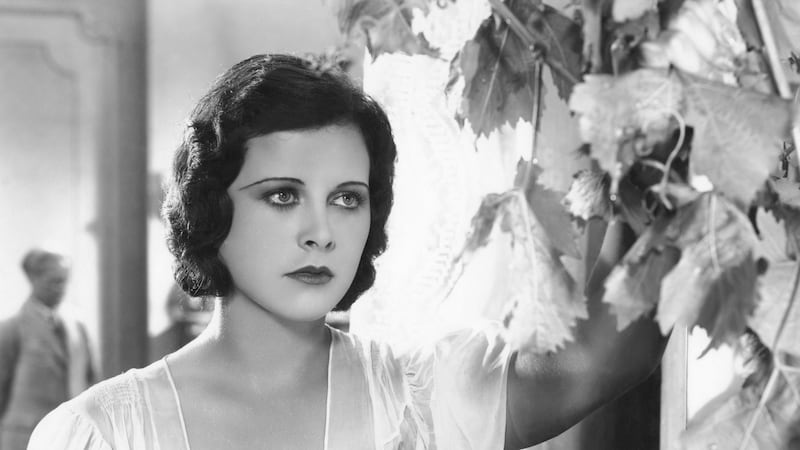
Ecstasy
Gustav Machatý, 1933
Gustav Machatý's film did not exactly open floodgates in Hollywood. Indeed, it arrived just before the American industry sank into a long period of self-censorship. But it deserves note as the first commercially released feature to contain something like a sex scene. The sequence focuses almost entirely on Hedy Lamarr's transported face, but the implications were clear enough to trigger decades of suppression. Joseph Breen, Hollywood chief guardian of morals, called the picture "highly – even dangerously – indecent". One of Lamarr's many husbands later attempted to buy up every print.
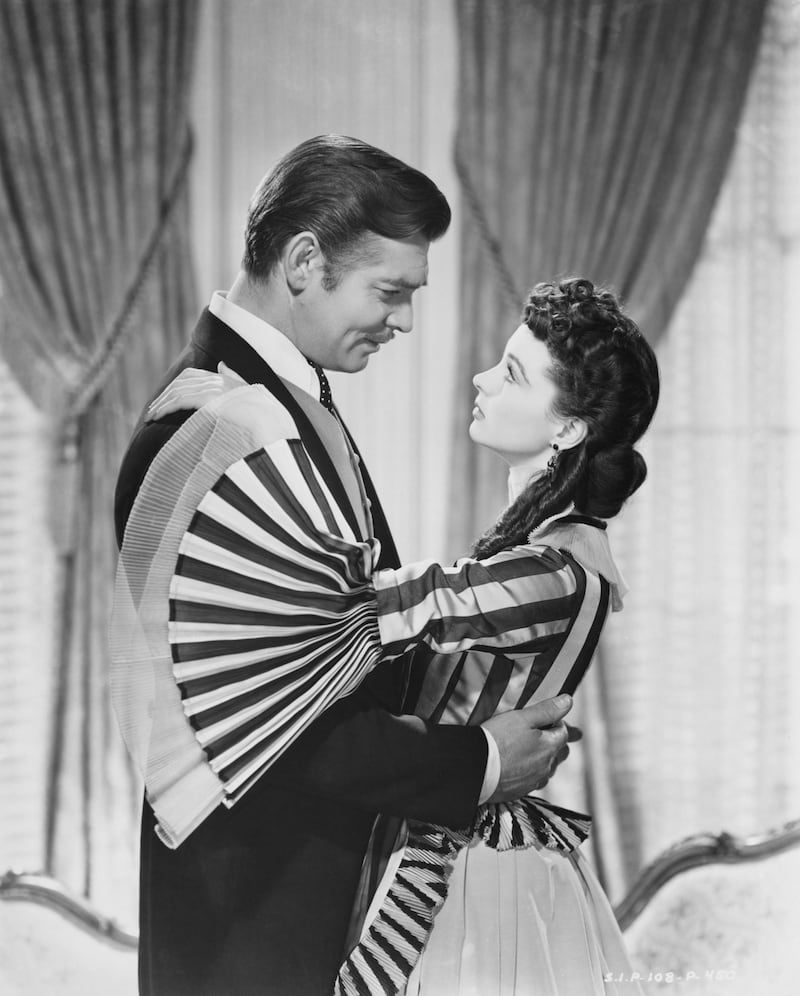
Gone with the Wind
Victor Fleming, 1939
How the wheel turns. David O Selznick's epic is, thanks to greater sensitivity about depictions of African-Americans, more controversial now than it was 80 years ago (or 10 years ago for that matter). But it is its pioneering use of "profanity" that secures space here. Gone with the Wind was not, as some still claim, the first commercial release to use the word "damn", but Clark Gable's delivery gave the word shocking prominence. It is rumoured he was asked to stress "give" – "I don't give give a damn" – to deflect attention from that once-dangerous word.
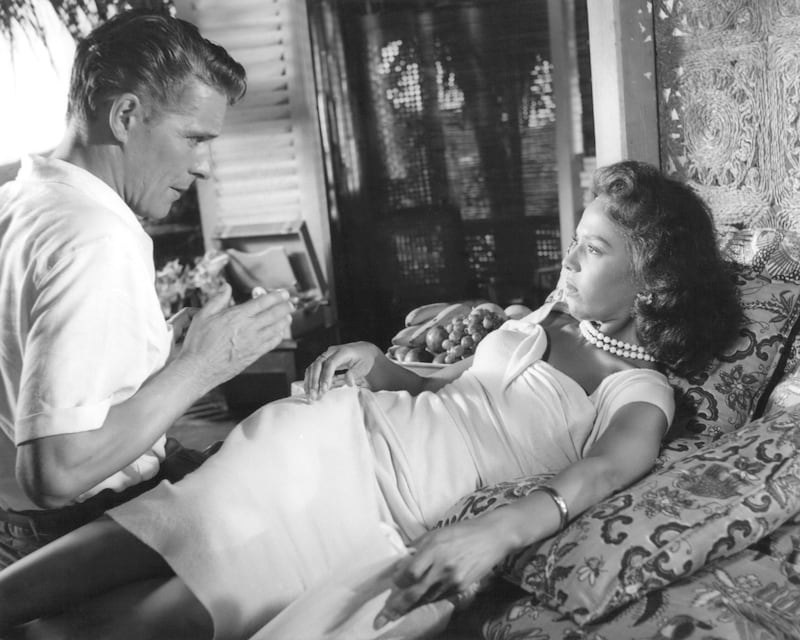
Island in the Sun
Robert Rossen, 1957
Robert Rossen's torrid tropical romance, based on a novel by Alec "brother of Evelyn" Waugh, offers the prime contender for first interracial kiss-like thing in a Hollywood movie. The Hollywood production code actually banned such relationships, but by the end of the 1950s even Broadway musicals such as South Pacific were testing those limits. In Rossen's movie a mixed-race Caribbean woman (Dorothy Dandridge) and a British officer (John Justin) daringly rub cheeks.
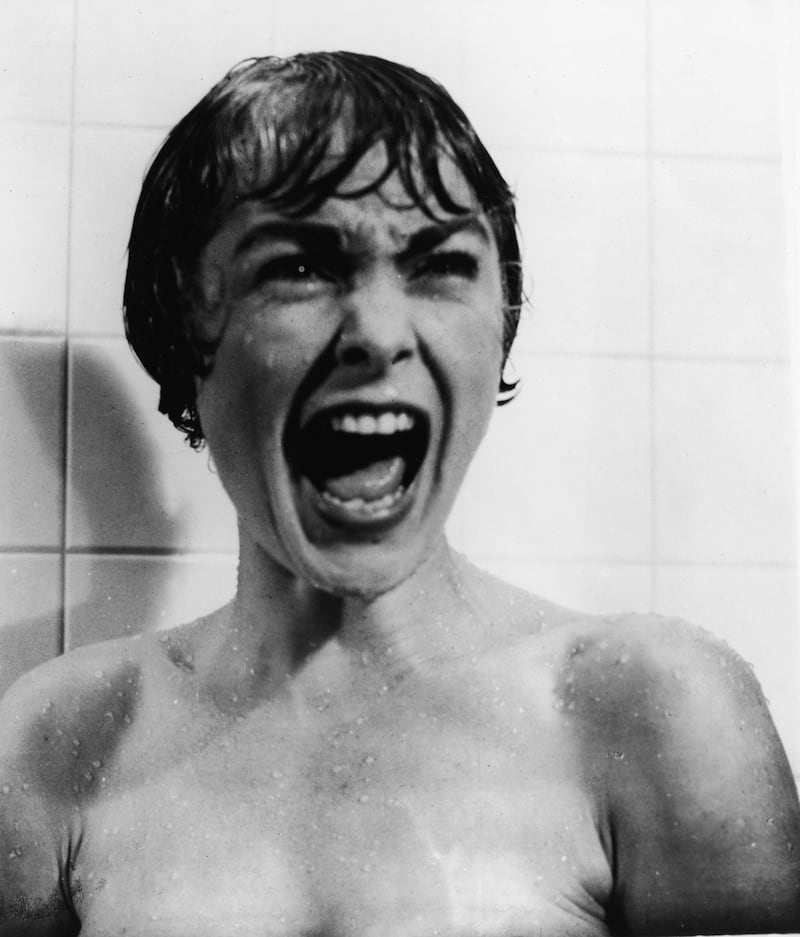
Psycho
Alfred Hitchcock, 1960
Almost everyone knows this one. Hitchcock's immortal shocker hit its stride when (spoiler) a young man dressed as his mother hacked Janet Leigh to death in the shower, but Psycho secures its position for a more mundane moment. It really does seem as if the film is the first Hollywood release to show a lavatory being flushed. Film historians have worked to disprove this ever since. You can certainly see loos in earlier mainstream US films, but nobody seems to have yanked the handle before Norman Bates.
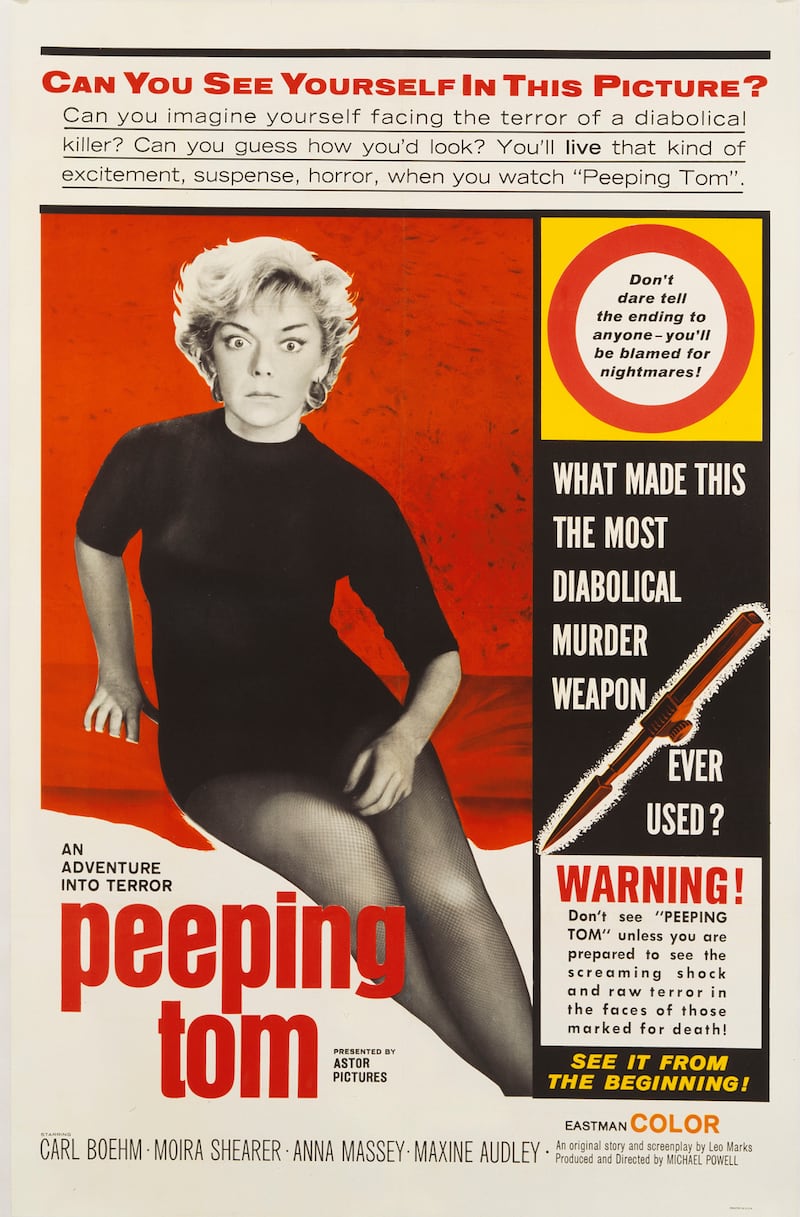
Peeping Tom
Michael Powell, 1960
This grim shocker about a homicidal cameraman famously killed off Michael Powell's career. Among the myriad causes for complaint was a brief shot of Pamela Green's naked breast. The history of female nudity in cinema is characterised by cant and hypocrisy. The industry watchdogs were happy to show nude African tribeswomen in feature documentaries. But, until Powell's groundbreaking film, no English-language director had dared put a living white bosom into a commercial cinema. You can't move for them now.
Victim
Basil Dearden, 1961
Good luck definitively identifying the first gay character in popular cinema. Throughout the medium's history, hints have been dropped, metaphors have been struck and passions have been sublimated. But Basil Dearden's British suspense picture, starring Dirk Bogarde as a gay barrister facing blackmail, really did break new ground. It was the first English-language film to use the word "homosexual". It did not shirk in acknowledging the potency of the protagonist's desires. It changed minds.
Ulysses
Joseph Strick, 1967
Trust James Joyce to figure in this list. Whole books have been written on the slow emergence of f**k (still asterisked in this newspaper) into high and not-so-high culture. You could, of course, hear it in a few Andy Warhol films. But its utterance in Joseph Strick's imaginative version of Ulysses, which played in competition at Cannes, presaged an avalanche of F-words in the 1970s. Robert Altman claims its first appearance in a studio flick can be heard in his Mash, from three years later.
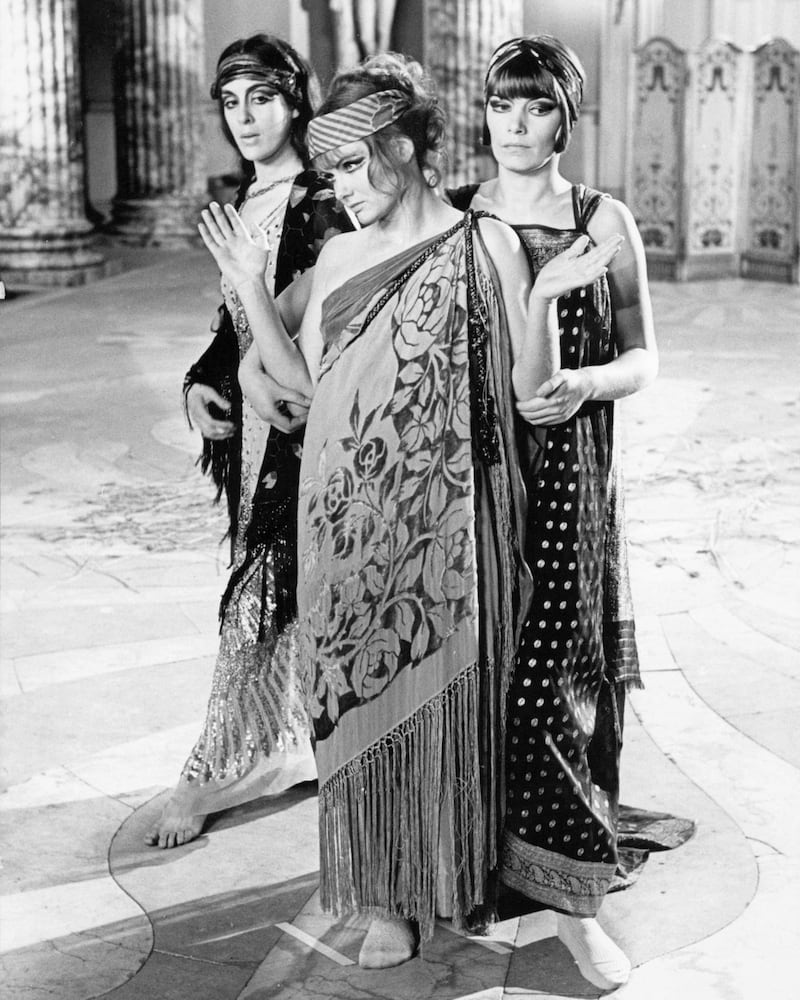
Women in Love
Ken Russell, 1969
Of course the director of such outrages as The Devils, Tommy and The Music Lovers makes the list. Russell secures a slot, however, for getting Alan Bates and Oliver Reed to wrestle nakedly in front of that famous roaring fireplace (mind your bits) in one of his more respectable films. Men had appeared unclothed in films before, but crown jewels tended to flit by in embarrassed seconds. The wrestling scene was the first protracted sequence of male nudity to play on the high street. The world was ready. The British censors passed it uncut and another wall came down.
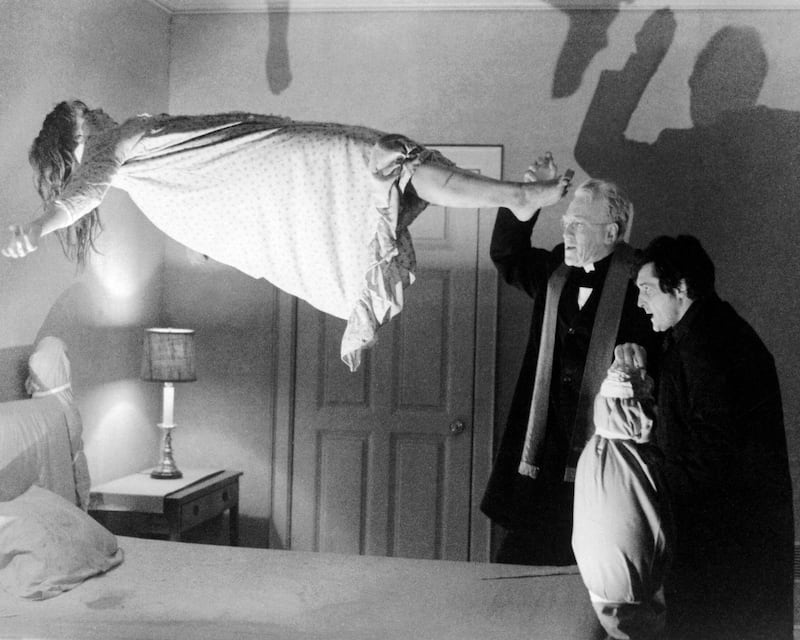
The Exorcist
William Friedkin, 1973
It hardly needs to be said that William Friedkin's horror film broke all kinds of taboos. The scene that remains the most shocking today is that in which Regan, a young girl possessed by the devil, masturbates with a crucifix before appalled observers. The film's colossal success opened up commercial cinemas to a school of extreme horror that had hitherto confined itself to grind houses. Yet the studios remained cautious about repeating this level of potentially sacrilegious outrage. Few followers risked anything similar.
The Idiots
Lars von Trier, 1998
So what was the first indisputable example of unsimulated sex in a film that could not be called pornography? A strong argument can be made for the brief scene of penetration in Lars von Trier's grim 1998 comedy about middle-class people who pretend to be intellectually disabled. The sequence had an unmistakable effect on art-house cinema of the day. Romance, Baise-moi, Intimacy and The Brown Bunny all repeated the trick within five years. In 2004 the Irish Film Classification Office passed Michael Winterbottom's 9 Songs – which was little else but unsimulated sex – for commercial release. They once banned Brief Encounter, you know.
Saint Frances is released on digital platforms on Friday, July 10th










